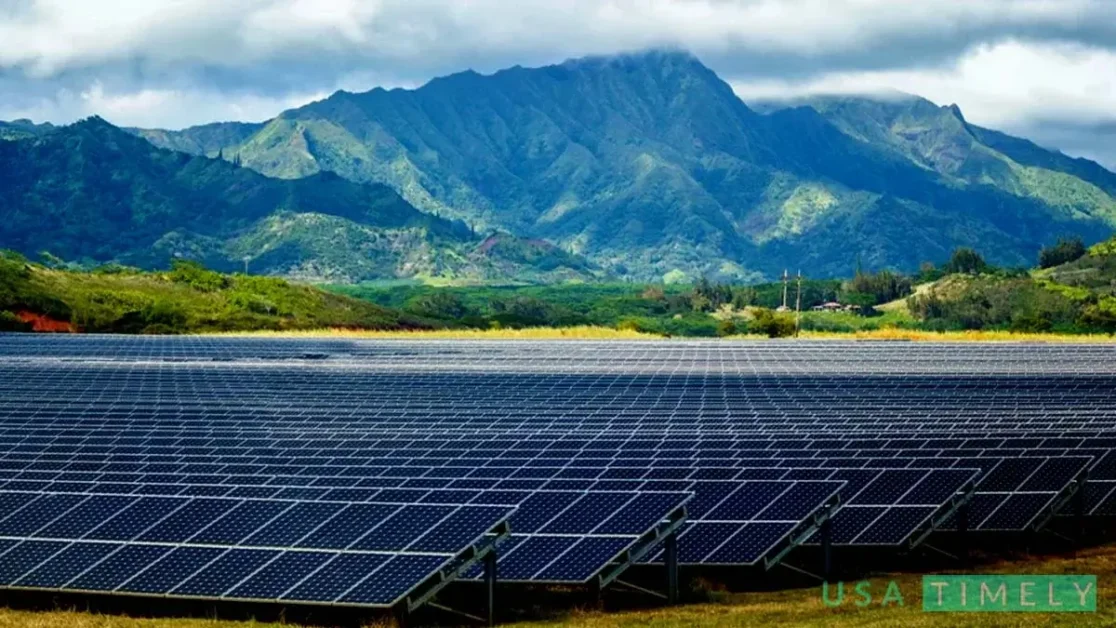Lifestyle
Hawaii’s Progress in Clean Energy

In Hawaii, residents don’t have to imagine a future powered by 100% clean energy—it’s already a reality. The state, known for its commitment to sustainability, pledged to be “Coal free by ’23,” with a state law mandating 100% clean energy within 21 years. The recent activation of the Kapolei Energy Storage facility, housing an enormous 185-megawatt battery near Honolulu, brings the islands closer to achieving their ambitious goals.
Tucked away in eight acres of industrial land, the Kapolei Energy Storage facility resembles 158 white storage sheds, each about the size of a shipping container. These lithium iron phosphate batteries can store a whopping 185 megawatts of power, enough to sustain 17% of the island of O’ahu for three hours. Notably, this system stands out as the largest battery relative to the electricity system anywhere in the world, according to Colton Ching, Hawaiian Electric’s senior vice president of planning and technology.
Hawaii’s Unique Energy Landscape
Hawaii boasts an abundance of wind, sun, and geothermal power but relies heavily on imported oil, brought in by supertankers every 10 days. Nearly 80% of the state’s energy comes from these oil imports, creating vulnerability to both weather-related disruptions and geopolitical issues. The shift to renewable energy is a strategic move to enhance stability, reduce costs, and create a more eco-friendly environment.

Each of Hawaii’s six main islands operates on its electrical grid, with the state already sourcing 32% of its energy from renewables. The Battery Bonus program, introduced in 2022, played a pivotal role in the transition. This program subsidized households to install rooftop solar and battery storage, encouraging them to feed excess electricity back into the grid during peak demand hours.
Solar Power
Hawaii stands out not only for its large-scale energy storage facility but also for its impressive adoption of solar power at the household level. A groundbreaking initiative, the Battery Bonus program, has led to a record 37% of Hawaiian homes equipped with rooftop solar panels. This accounts for a remarkable 44% of the state’s renewable energy, showcasing a substantial shift towards decentralized and sustainable energy sources.
While Hawaii is proud of its current renewable energy capacity, meeting the state mandate will require rapid and substantial expansion. The journey to a greener, more sustainable future continues for the islands, setting an example for regions worldwide.













